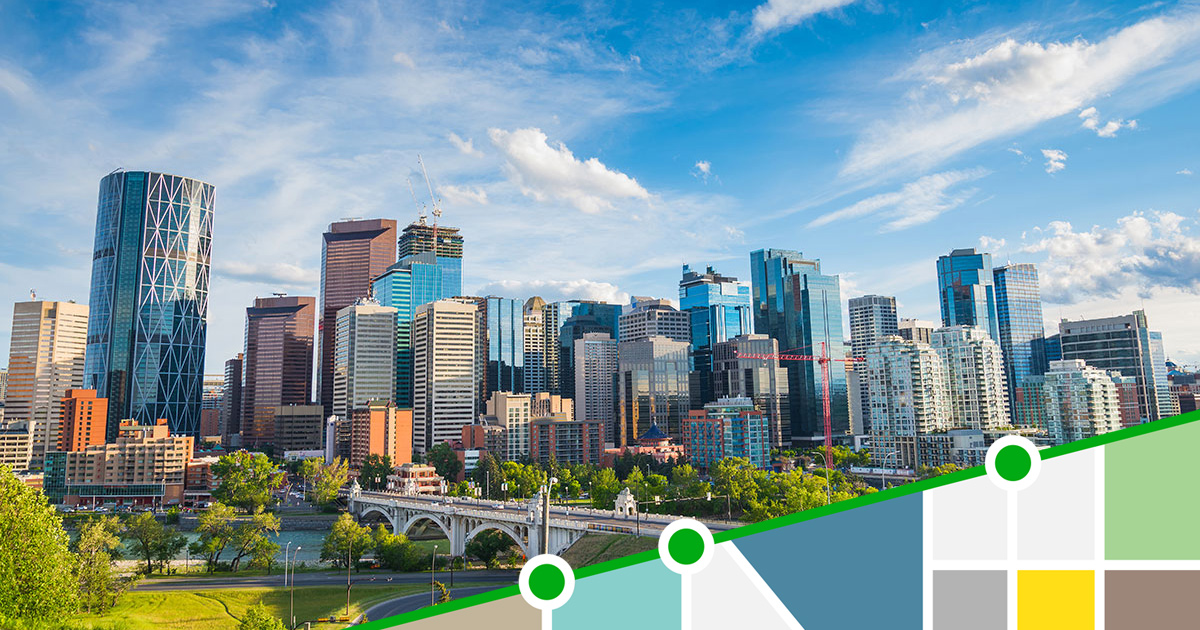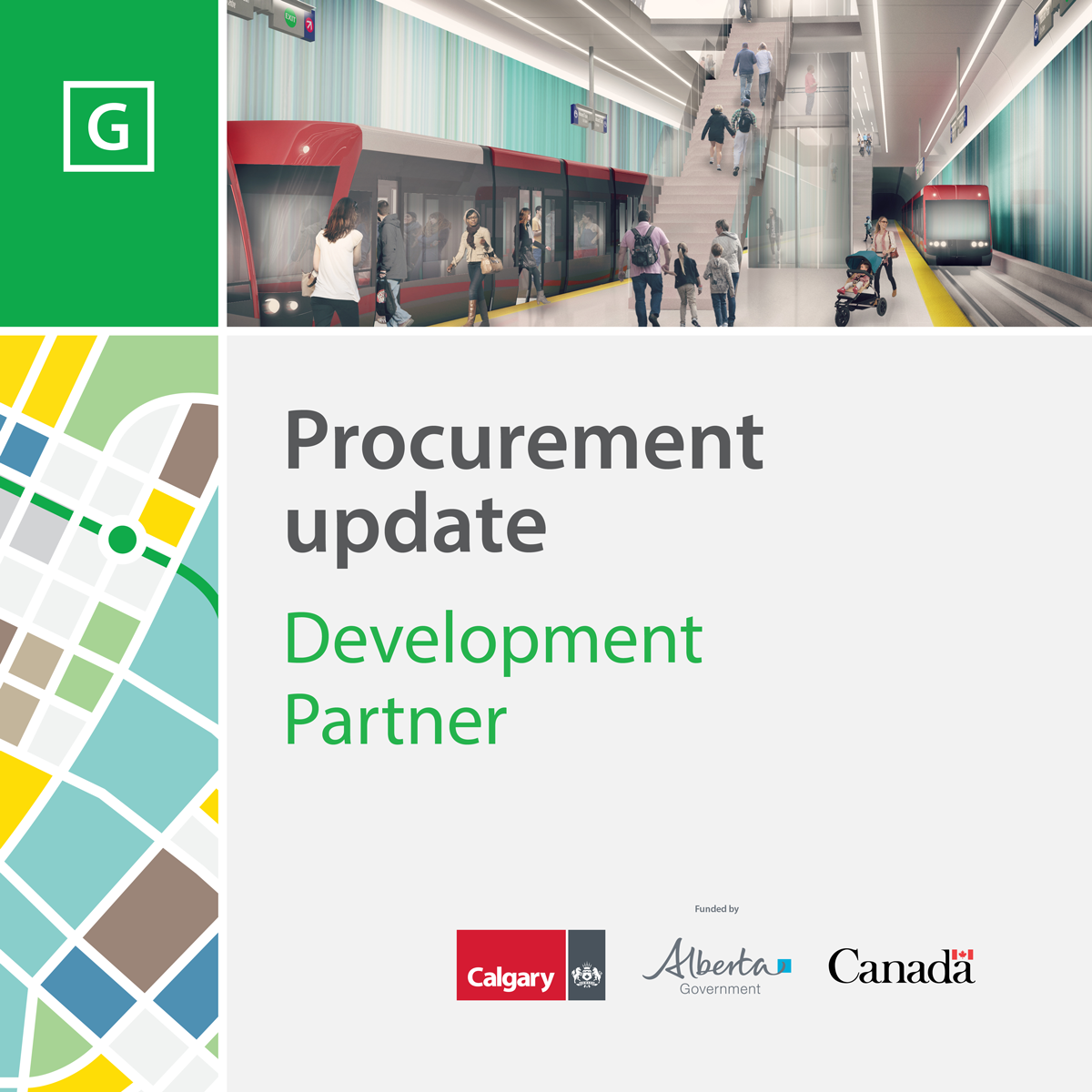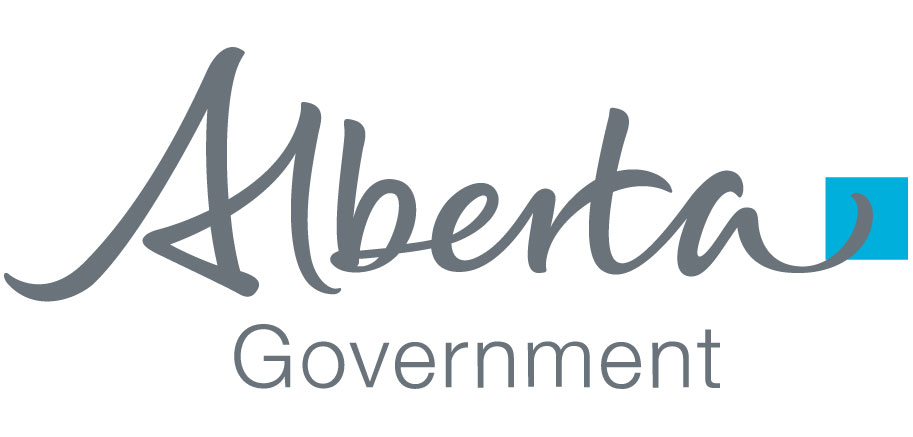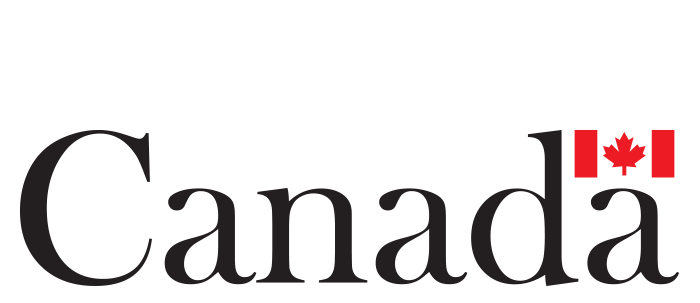Calgary's Light Rail Transit system: Past, Present and Future
A new display in the Calgary Municipal Building is bringing life to the history and future of Calgary’s CTrain system. The display, located on the west side of Council Chambers, showcases historical artifacts, photos, and maps of the Light Rail Transit (LRT) system since its inception in 1981.
The display cases also feature models of three different Light Rail Vehicles (LRVs), including Calgary Transit’s original LRVs, which are still in use today, and new low-floor LRVs for the Green Line. Notably, the Green Line LRV model is made of LEGO®, built by two City of Calgary firefighters who were recently contestants on the popular TV show LEGO® Masters.

Citizens are encouraged to check out the display and see how our CTrain system has grown since its humble beginnings in 1981, when there was just one train line (Anderson to Downtown), 10.9 kilometres of track and 16 stations. Plans for future extensions to the Red and Blue Lines, plus the addition of the Green Line, will eventually see our system grow to over 80 stations and more than 100 kilometres of track.
The Past
Born from the success of express bus routes in the 1950s and the future-focused planning of the 1960s, the first CTrain hit the tracks for public service on May 25, 1981 – and from there, light rail rapidly became a core part of Calgary’s transit system. The inaugural line, built in just four years, spanned 16 stations from Anderson to Downtown.
The northeast line opened in 1985, followed quickly by the northwest line in preparation for the '88 Olympics. By 1990, the foundation for the CTrain system as we know it had been established – with 31 stations, and more than 27 kilometres of track, connecting Calgarians like never before.

The Present
Construction resumed in the early 2000s with further expansion south to Somerset-Bridlewood. In 2012, the West LRT line was built, linking up the neighbourhoods from 69 Street to Sunalta with the previous terminus station of 10 Street S.W. (now Downtown West/Kerby). The Blue Line was also extended north up to Saddletowne. Tuscany’s addition to the Red Line in 2014 brings us to our current map of 45 stations, and 59.9 kilometres of track – crisscrossing Calgary and connecting communities across the city.

Along with the significant expansion of both lines, this era came with challenges in the form of the 2013 flood and the COVID-19 pandemic, yet saw many successes such as fleet upgrades, increased overall ridership, and technology upgrades through initiatives like MyFare which now make travel even more efficient.
The Future
The Green Line is Calgary’s next LRT line. Phase 1 of the Green Line from Shepard to Eau Claire is the largest LRT project to be constructed in our city’s history. It will greatly expand the existing rapid transit network by connecting the southeast into downtown, linking to the Red and Blue Lines and three MAX rapid bus routes, and building 13 stations and 18 kilometres of track.
The Green Line will also introduce the first low-floor Light Rail Vehicles to Calgary. These LRVs have much lower floors (34 cm from the tracks), with level docking platforms and roomy entrances that offer safer and more-convenient boarding for riders. Low-floor LRVs also allow for lower platforms and simpler station designs, which result in cost savings in building the stations.


Related stories
-

Green Line LRT - A key investment in Calgary's future
April 20, 2023



